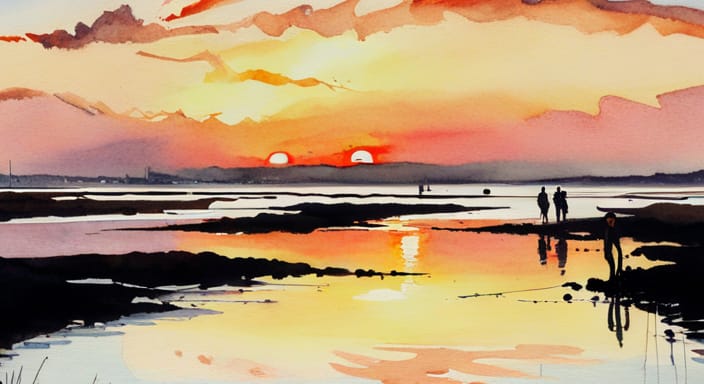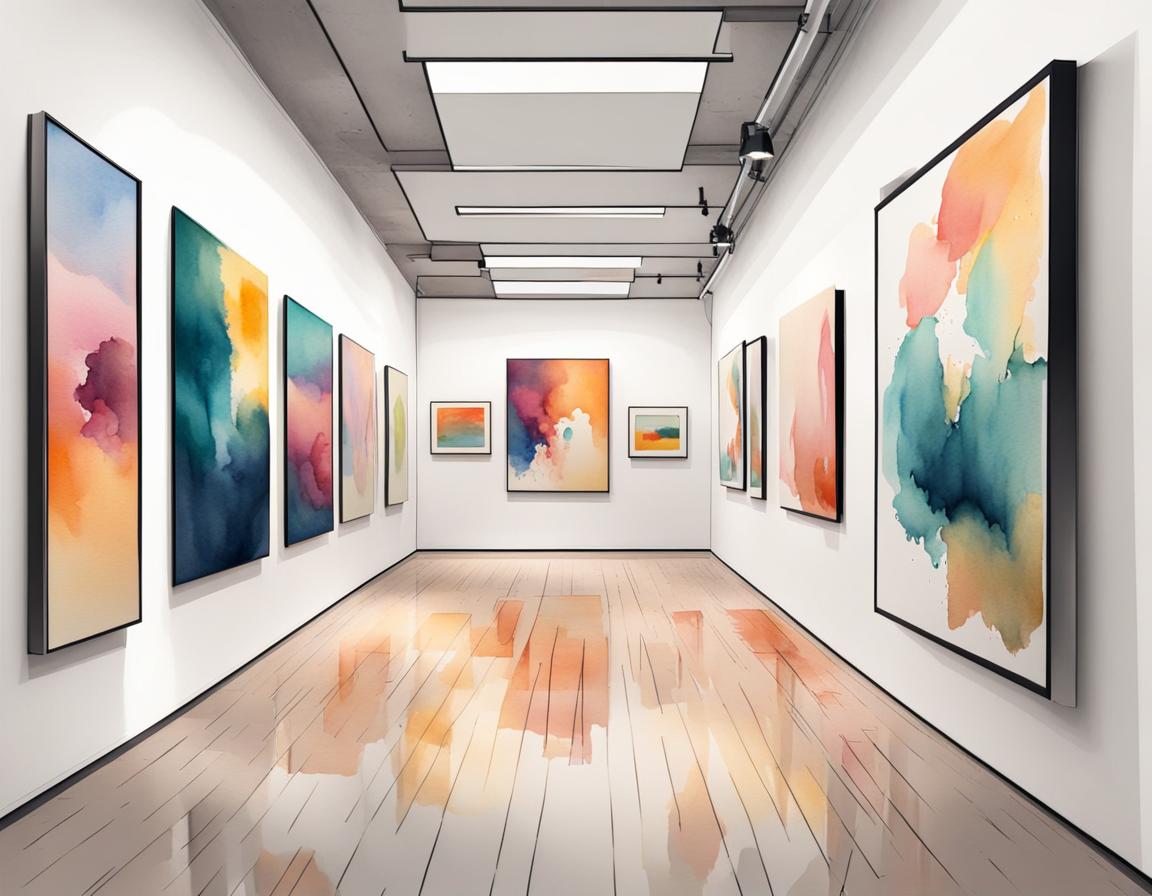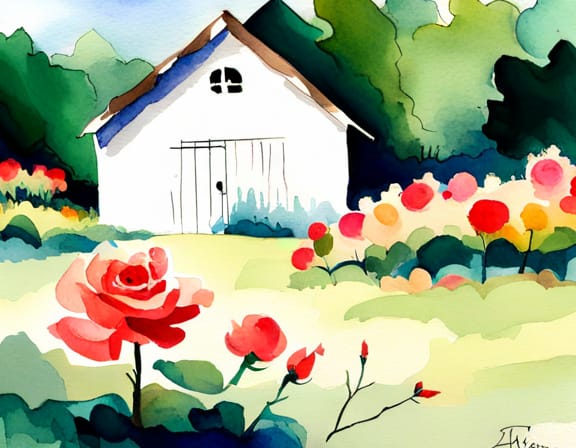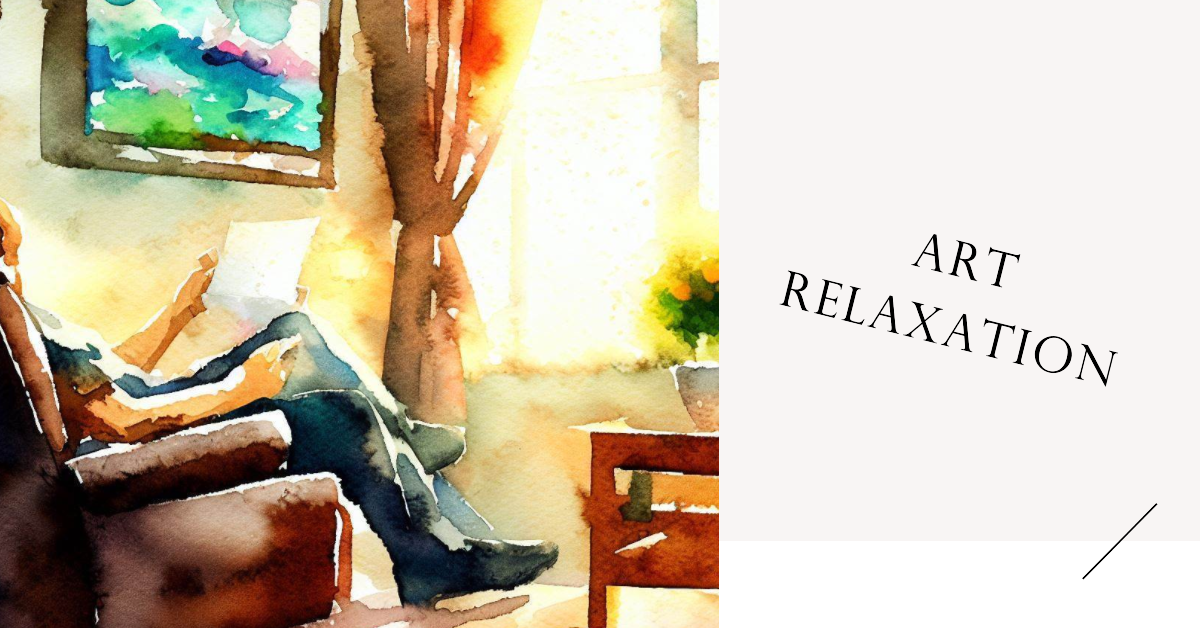Watercolor has emerged as a highly significant and widely appreciated artistic medium, capturing the attention of artists and art enthusiasts alike. Its unique qualities and expressive potential have made it a favored choice among creators, allowing them to convey their artistic vision in captivating and nuanced ways. This article explores the importance and popularity of watercolor as a medium, shedding light on its enduring appeal.

Watercolor’s Enduring Relevance
Watercolor holds a prominent place in the history of art, tracing its roots back to ancient civilizations. Throughout the centuries, artists have harnessed the transparent and fluid nature of watercolor pigments to create exquisite works of art. The medium’s ability to blend colors, create delicate washes, and achieve luminous effects has been instrumental in capturing the essence of landscapes, portraits, still life, and various other subjects.
One of the primary reasons for watercolor’s enduring relevance is its distinctive aesthetic charm. The translucent quality of the pigments allows for the play of light, lending an ethereal and spontaneous quality to the artworks. The delicate layering of washes and the subtle interplay of hues result in captivating visual textures, evoking a sense of depth and atmosphere.
Expressive Possibilities of Watercolor
Watercolor offers a remarkable range of expressive possibilities, allowing artists to convey emotions, moods, and narratives. The medium encourages spontaneity and experimentation, enabling artists to capture the essence of their subjects with loose and fluid brushstrokes. Whether it is the vibrant colors of a bustling cityscape or the delicate tones of a serene landscape, watercolor’s versatility enables artists to infuse their creations with a sense of vitality and authenticity.
The transparent nature of watercolor pigments also lends itself to creating luminosity and translucency. Artists can depict the interplay of light and shadow with remarkable precision, capturing the subtle nuances of form and texture. This quality makes watercolor particularly well-suited for capturing the delicate beauty of natural elements such as water, foliage, and atmospheric effects.
Watercolor’s Popularity and Appeal
Watercolor has witnessed a surge in popularity in recent years, captivating artists and art enthusiasts alike. Its accessibility and versatility have contributed to its widespread appeal. Unlike some other mediums, watercolor requires minimal setup and equipment, making it easily accessible to beginners and professionals alike. Artists can create stunning artwork with just a few brushes, pigments, and water, allowing for spontaneous and expressive artistic exploration.
Furthermore, watercolor’s portability adds to its appeal. Artists can easily carry their supplies outdoors, capturing the fleeting moments of the natural world or documenting their travels on location. The medium’s quick-drying nature facilitates immediate results, encouraging artists to work swiftly and capture the essence of their subjects in real-time.
Advantages and Disadvantages of Watercolor
Watercolor is a popular medium that has several advantages and disadvantages.
Advantages:
- Watercolor painting is generally easier to learn than other types of painting, as the colors do not need to be blended together.
- It can be used to create stunning effects with very few materials and can be used on paper or canvas.
- The colors are usually more vibrant and intense than those created with other media, such as acrylics or oils.
- With watercolors, you can create very delicate, soft edges that are difficult to achieve with any other type of paint.
- It is also easy to clean up brushes and tools after use.
- Watercolor is versatile and can be used for many styles and techniques, from photorealistic landscapes to abstract and impressionistic works.
Disadvantages:
- Watercolor paints dry quickly, so you have less time for blending or correcting mistakes. This may make it difficult for beginners who are just learning how to paint properly.
- Because the colors dry so quickly, it may be challenging to mix different shades and hues while still keeping the desired transparency levels in your artwork.
- The surface area you can use watercolors on is limited because they need special paper that absorbs water.
- Watercolor is a very messy medium, and certain types of paints, like opaque paints and inks, can be difficult to work with.
- Watercolor paintings are not as lightfast or physically durable as other mediums, such as oils or acrylics.
- Watercolor is more unforgiving than oil or acrylic, making it harder to correct mistakes.
Despite its disadvantages, watercolor remains a popular choice for artists due to its unique and versatile medium that offers a range of benefits and possibilities.
Importance of Watercolor in Art

Watercolor has played a significant role in the art world for centuries. Here are some reasons why watercolor is important in art:
- Versatility: Watercolor can be used for many styles and techniques, from photorealistic landscapes to abstract and impressionistic works. This versatility makes watercolor popular for artists experimenting with different styles and techniques.
- Luminosity: Watercolor is prized for the luminosity of its transparent colors. The light in watercolor is radiant and powerful, and the graphic aspect of the medium is outstanding.
- Representation: Watercolor is one of the best techniques for the representation of water, liquids, atmospheres, and gaseous effects. The works painted with watercolor are very alive and express life.
- Texture: The texture of the material, such as coarse-grained paper, gives the work a great plastic quality.
- Independence: Watercolor has a continuous history as an art medium that began with the Renaissance. It became a truly independent painting technique at the end of the 17th century, and painters in this period raised the watercolor to an independent art medium, showing its strength and fineness together with extraordinary immediacy.
- Experimentation: Watercolor allows for experimentation and play, which can improve an artist’s skill and offer knowledge of the watercolor products.
Table Comparing Mediums
| Medium | Advantages | Disadvantages |
|---|---|---|
| Oil Paints | Vibrant colors, glossy finish, can be manipulated for longer periods of time | Slow drying time, can be toxic, requires solvents for cleaning |
| Watercolors | Easy to learn, creates stunning effects with few materials, vibrant colors, creates delicate and soft edges | Dries quickly, limited surface area, difficult to blend or correct mistakes |
| Acrylic Paints | Quick drying time, water-soluble, versatile, can be used on many surfaces | Can dry too quickly, can be difficult to blend, colors may appear dull when dry |
| Graphite Pencils | Versatile, can create a range of values, easy to erase and correct mistakes | Limited range of tones, can smudge easily |
| Charcoal | Creates rich, dark tones, versatile, can be used for expressive mark-making | Can be messy, can smudge easily, can be difficult to erase |
| Oil Pastels | Vibrant colors, easy to blend, can be used on many surfaces | Can be difficult to control, can smudge easily, can be difficult to erase |
| Chalk Pastels | Vibrant colors, easy to blend, can create a range of textures | Can be messy, can smudge easily, can be difficult to control |
This table provides a brief overview of the advantages and disadvantages of each medium. It is important to note that each medium has its own unique characteristics and can be used to create different effects.
Conclusion: Popularity of Watercolor
In conclusion, watercolor holds a significant place in the world of art due to its enduring relevance and expressive potential. Its distinctive aesthetic charm, versatile application, and accessibility have contributed to its widespread popularity. From delicate washes to vibrant brushstrokes, watercolor offers artists a unique medium to translate their artistic visions into captivating and emotive artworks. As its allure continues to captivate both artists and art enthusiasts, watercolor remains a cherished and influential medium in the ever-evolving world of art.



I like that you mentioned how watercolor could offer a remarkable range of expressive possibilities. My wife is currently interested in watercolor painting and it seems she wants to try it out. I heard there are watercoloring made easy courses now, so maybe she should check it out first.